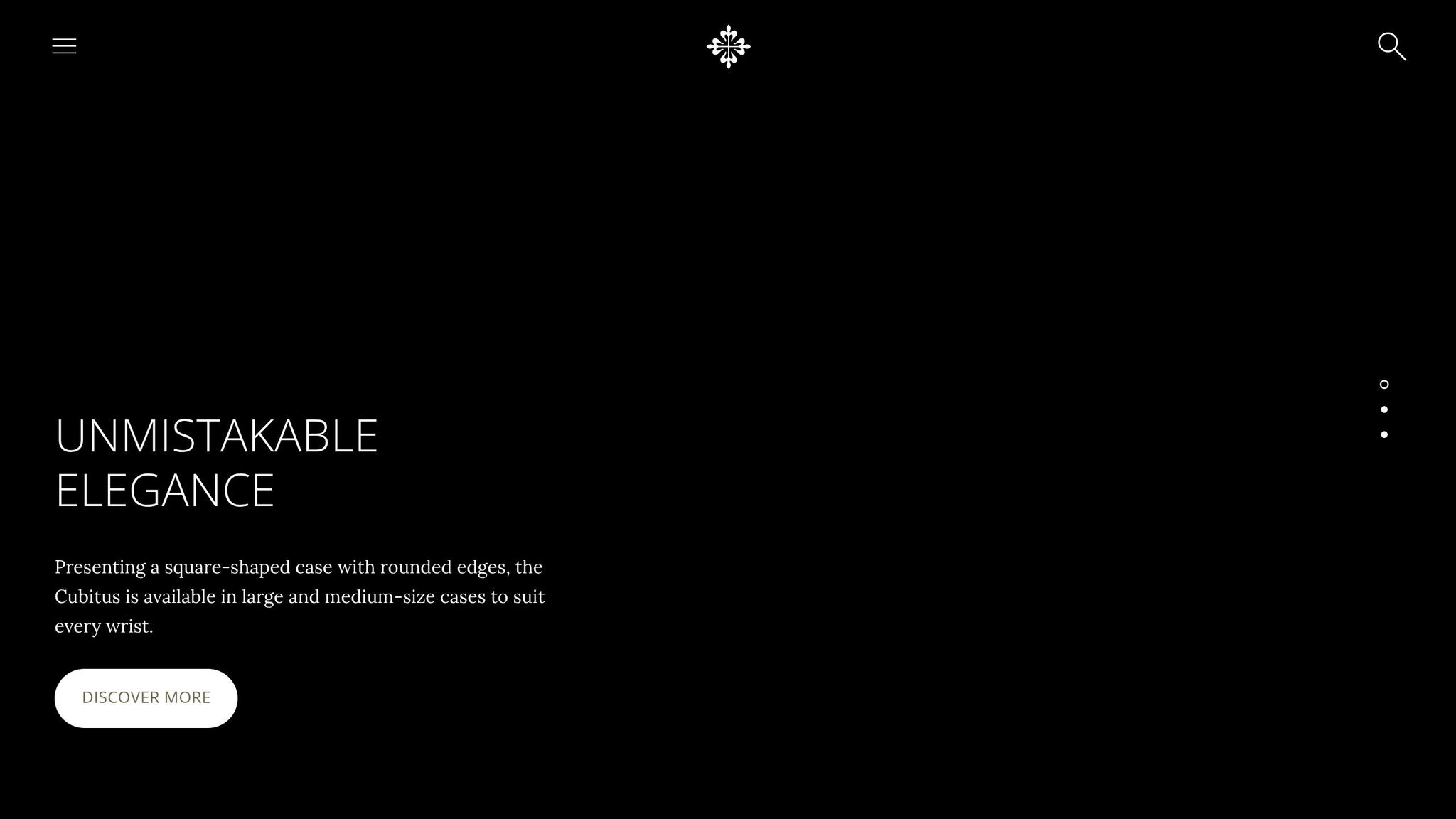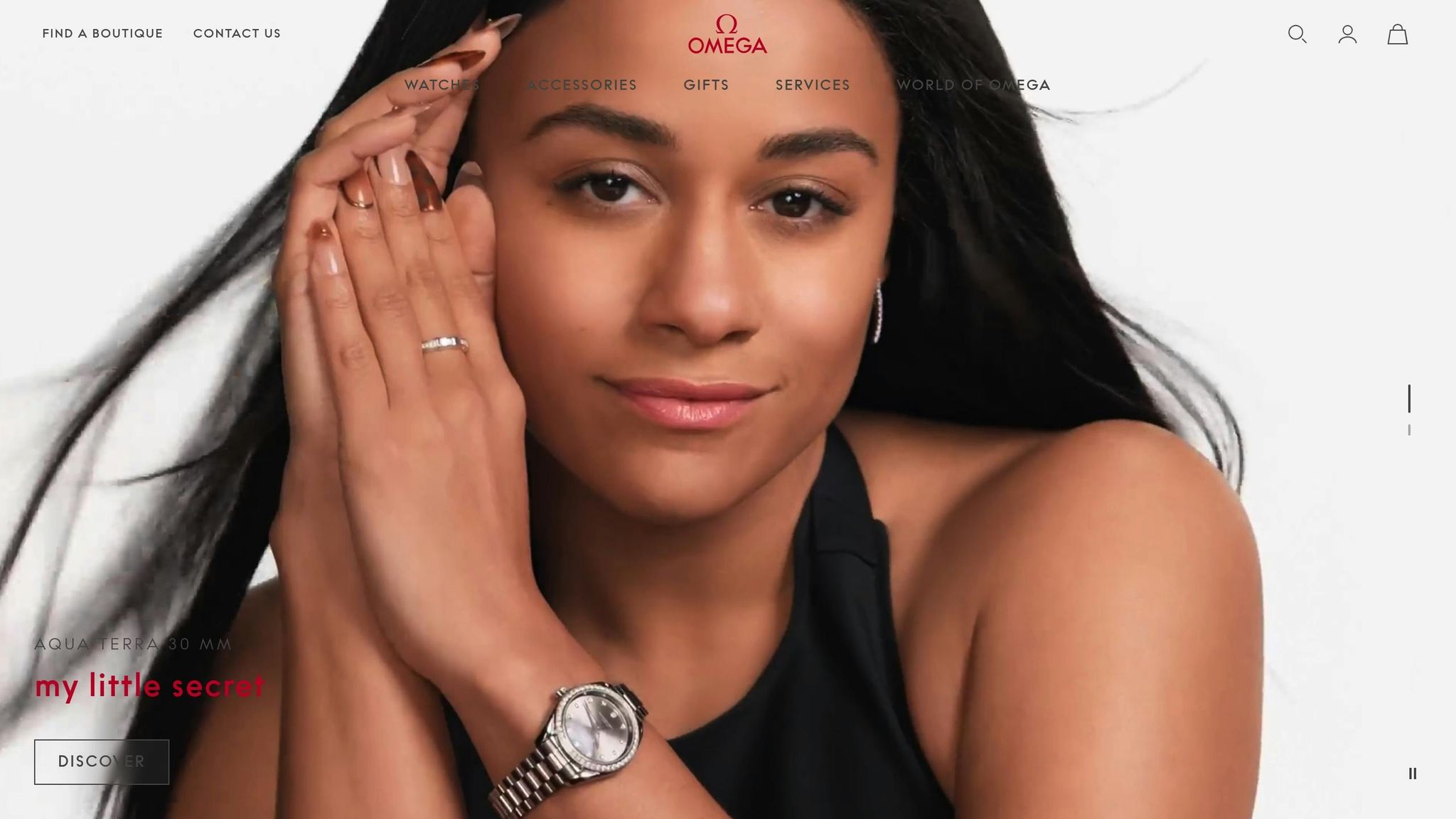Detailed documentation is a must for verifying the history and ownership of luxury watches. Whether you’re a collector, investor, or dealer, proper records directly influence market value, insurance coverage, and resale potential. Here’s why:
- Provenance Matters: A watch’s documented history – from creation to its current owner – affects its credibility and price.
- Key Documents: Original purchase receipts, warranty cards, service records, and certificates of authenticity are essential.
- Brand-Specific Systems: Rolex, Patek Philippe, and Omega each have unique methods for managing records, blending paper and digital systems.
- Insurance Requirements: Insurers now demand detailed service histories and independent appraisals for coverage.
Quick Overview of Top Brands:
- Rolex: Uses warranty cards and digital verification for traceability but has strict controls that may delay vintage watch verification.
- Patek Philippe: Offers detailed Certificates of Origin and archival services, adding value to rare models but requiring time and cost.
- Omega: Combines traditional and digital records for efficient verification but lacks the exclusivity of Patek Philippe.
Proper documentation builds buyer confidence, simplifies insurance, and protects against fraud. For watch owners, safeguarding every document – purchase records, service logs, and certificates – is non-negotiable.
Extracts & Certificates for Vintage Watches – Worth It?
1. Rolex

Rolex stands out for its dedication to craftsmanship and its rigorous documentation process, which helps verify the history and authenticity of each timepiece. By blending traditional paper records with modern digital verification, Rolex ensures that every watch’s provenance is meticulously recorded. Let’s dive into the key elements of Rolex’s documentation and how they contribute to establishing a watch’s authenticity.
Certification Type
Rolex uses a layered certification system to confirm both authenticity and ownership history. Historically, this included a warranty card detailing the model reference, serial number, and the authorized dealer. In recent years, Rolex has incorporated digital verification methods, adding an extra layer of security and reliability to the process.
Documentation Provided
Rolex provides several key documents to support a watch’s history. The warranty card remains a cornerstone, while service records and original sales receipts add further proof of the watch’s condition and ownership. Additionally, the original packaging serves as another piece of evidence, reinforcing the watch’s provenance.
Impact on Provenance
Comprehensive documentation significantly enhances a Rolex’s value and credibility, particularly in the pre-owned market. Watches with complete records often fetch higher prices, as these details confirm the production date, service history, and ownership trail. This level of detail not only reassures buyers but also simplifies insurance assessments by clearly establishing the watch’s condition and history.
2. Patek Philippe

Patek Philippe has built its reputation on meticulous record-keeping to establish the authenticity and history of its timepieces. This detailed documentation forms the backbone of their verification process.
Certification Type
Every Patek Philippe watch is accompanied by a Certificate of Origin, which outlines key details such as the movement type, case material, and dial design. These certificates are backed by multiple quality control checks to ensure accuracy and reliability.
Documentation Provided
When you purchase a Patek Philippe, you receive more than just the watch. The package includes a Certificate of Origin, an instruction manual, authorized service records, sales receipts, and dealer certificates. These comprehensive records play a significant role in determining the watch’s market value and insurability, similar to practices followed by other prestigious brands.
Impact on Provenance
Having complete documentation doesn’t just verify authenticity – it enhances the watch’s collectibility and resale value. It also simplifies insurance assessments by providing a clear service history and proof of origin. Much like Rolex, Patek Philippe demonstrates how thorough records can boost market confidence and streamline insurance evaluations.
sbb-itb-fcc00bb
3. Omega

Just like Rolex and Patek Philippe, Omega places a strong emphasis on documenting the history of its timepieces. By combining traditional record-keeping with modern digital verification, Omega ensures the provenance of its watches is both reliable and secure.
Certification Type
Omega provides certifications that validate essential details about each watch. These certifications play a key role in confirming authenticity and tracing the history of every timepiece.
Documentation Provided
Every Omega watch comes with carefully prepared documentation. This includes detailed information about the watch’s features and its service history, making it easier for owners to verify provenance.
Impact on Provenance
Having complete records not only strengthens a watch’s credibility in the market but also simplifies insurance processes. Omega’s approach to documentation aligns seamlessly with industry standards, meeting the expectations of collectors and insurance providers alike.
Advantages and Disadvantages
Luxury watch brands approach documentation in unique ways, each with its own set of strengths and drawbacks. Let’s break down how these methods translate into benefits and challenges.
Rolex relies on a centralized database and meticulous record-keeping, which makes verifying provenance straightforward and enhances resale values. However, their strict control over these records can lead to delays, especially when collectors need quick verification for vintage models, where documentation might be incomplete.
Patek Philippe is known for its archive services and detailed historical records, which add significant value to rare timepieces. But this thoroughness comes at a cost – both in terms of money and time – making it less convenient for everyday transactions or insurance purposes.
Omega blends traditional and digital record-keeping for efficient verification, offering a practical and accessible system for owners. However, it lacks the prestige of Patek Philippe’s premium services and doesn’t contribute as much to collectible value.
Here’s a quick comparison of the documentation methods:
| Brand | Advantages | Disadvantages |
|---|---|---|
| Rolex | Centralized, accurate database; Enhances resale value; Consistent global standards | Limited vintage records; Verification delays; Strict control reduces flexibility |
| Patek Philippe | Premium archival services; Detailed historical documentation; Adds value to rare pieces | High costs; Time-intensive process; Less practical for routine needs |
| Omega | Combines traditional and digital systems; Efficient processing; Accessible to all owners | Less prestigious; Adds less value to collectibles; Standardized approach lacks exclusivity |
Market perception also plays a big role. Patek Philippe’s meticulous record-keeping reinforces its reputation for authenticity, justifying its premium pricing. On the other hand, Omega’s approach appeals to those who value efficiency and practicality over exclusivity.
Digital systems offer faster verification and fewer errors but come with cybersecurity risks and the need for regular updates. Meanwhile, traditional paper systems provide a secure, tangible record but lack the speed and efficiency of modern technology. Each method has its place, depending on the priorities of the buyer or collector.
Conclusion
Documentation plays a key role in verifying provenance and maintaining value. Looking at Rolex, Patek Philippe, and Omega, it’s clear that while each brand has its own way of managing records, keeping detailed documentation is essential for building buyer confidence.
In the U.S., having complete records boosts resale value and meets the expectations of collectors and insurers who prioritize transparency. This aligns with earlier discussions on how these brands handle documentation.
The shift toward digital tools has made verification easier than ever. A mix of traditional paper certificates and digital records offers the best of both worlds – security, ease of access, and long-term preservation. This approach highlights the importance of keeping meticulous records at every stage of ownership.
For watch owners, safeguarding all documents is a must. This includes original certificates, service records, and any communication with the manufacturer. Even routine maintenance logs contribute to verifying the authenticity of a timepiece.
With counterfeiting methods becoming more advanced, strong documentation systems act as a critical defense against fraud. Brands that prioritize comprehensive record-keeping not only protect their reputation but also help preserve the lasting value of their watches. The practices of Rolex, Patek Philippe, and Omega emphasize just how vital proper documentation is for maintaining trust and ensuring the integrity of the market.
FAQs
Why is proper documentation important for verifying the authenticity of luxury watches?
Proper documentation plays a crucial role in confirming the legitimacy of luxury watches. Documents like original certificates, purchase receipts, and service records serve as solid evidence of a watch’s origin and history, ensuring its authenticity.
Beyond verifying authenticity, having complete documentation can boost a watch’s value – sometimes by as much as 60%. These records are also indispensable for resale, insurance purposes, and identifying genuine pieces from counterfeits. Keeping detailed records not only safeguards investments but also fosters trust among collectors and buyers in the luxury watch market.
What are the differences between digital and traditional documentation methods for verifying a watch’s provenance?
Digital documentation methods offer stronger security by leveraging advanced tools like cryptography and blockchain. These technologies make provenance records tamper-resistant and straightforward to verify. On top of that, they streamline processes, providing instant access to records and enabling remote verification – cutting out the need for time-consuming physical inspections.
On the other hand, traditional documentation depends on physical certificates and paper records, which are far more vulnerable to forgery, damage, or loss. They often require manual checks, which slows things down and leaves room for errors. When it comes to verifying a watch’s provenance, digital methods clearly stand out as a safer and more efficient option.
How do documentation practices differ among Rolex, Patek Philippe, and Omega, and why do they matter for a watch’s value?
Documentation is a key factor in establishing a watch’s authenticity and can have a direct influence on its market value. Brands like Rolex and Patek Philippe are well-known for their detailed documentation, which often includes certificates, service histories, and original packaging. These elements can significantly enhance a watch’s resale value – sometimes adding as much as 50–60%. Patek Philippe, in particular, emphasizes exclusivity and meticulous record-keeping, which only adds to its allure among collectors.
On the other hand, while Omega is a highly regarded brand, its documentation tends to be less comprehensive compared to Rolex and Patek Philippe. As a result, the impact on resale value may not be as pronounced. Regardless of the brand, maintaining thorough and well-preserved documentation is essential for boosting a luxury watch’s authenticity, appeal, and long-term value.


